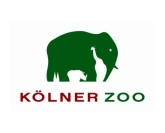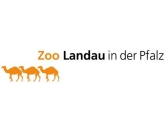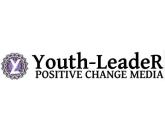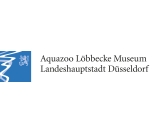
Education is a fundamental role of the modern zoo and aquarium and a key mission area that all EAZA members must be actively engaged in, whatever their size or resources. The overarching goal of education in EAZA institutions is, beside the classical education, to contribute to the conservation of a viable and functioning biodiversity, a biodiversity that provides humanity with the air we breathe, the food we eat and the materials with which we build and power our homes. All education in zoos and aquariums contributes to an Education for Sustainable Development.
The lesson about living animals includes technical and biological, as well as social and cultural aspects. Through targeted observations and learning with all senses, students can get insights into the biological basis. Through the study of the living animal, its needs, achievements and adaptations, its behaviour, habitat, its development, ecological importance, vulnerability and its conservation the students will develop a better understanding of nature. The students will feel themselves part of nature and understand, that an intact nature is the base of human life.

Zoo Landau in Germany considers itself as an active partner in the worldwide protection of nature and species. The "World Zoo and Aquarium Conservation Strategy” proves itself as a central guideline for the development of our zoo towards a "center for the protection of nature and species as well as for environmental education". Landau Zoo takes part in 21 species conservation breeding programmes one of which is coordinated by our zoo. Further, all six international in-situ conservation projects initiated or promoted by our zoo are carried out in biodiversity hotspot regions or within centers of endemism of the world.

An introduction to Youth Leadership as a new form of youth engagement for creating a sustainable civilisation. With inspirational stories, videos, media, methods, action tools and support services for introducing and practicing it to schools, civil society, youth clubs, with your friends, parents, grannie and president. This read may change your view of the world, and then - your path. Get ready to be surprised! Young people are changing the world more than ever before, and this is truly Good News!
Youth Leader Magazine

Biodiversity’s greatest threats in Central Europe are changing land use, eutrophication, emissions and the unpredictable influence of climate change. This calls for action in order to preserve species’ diversity and species’ genetic variation. In this context the Free State of Bavaria (Germany) initiated a seed genebank especially for rare and endangered wild plant species at the University of Regensburg. The objective of this project is to collect plant seeds from natural habitats in Bavaria and to maintain their viability through long-term storage at -18°C. High levels of genetic variation within all collections are intended to make sure that species can adapt to their continuously changing environment. Through cooperation with the Botanical Garden of Regensburg the public gains access to a growing number of rare and endangered plants.

In the Aquazoo / Löbbecke - Museum the content of a zoo is consistently linked with the content of a natural history museum. Each of the 25 rooms has a particular topic. 450 different animal species in 80 aquariums and 60 terrariums, a tropical hall and more than 200 skeletons and models can be explored. Educational events focus on the observation of animals, ecology and biodiversity; numerous materials from the collections and living animals are presented hands-on. The institute is member of WAZA, ICOM, EAZA and VDZ and is as such committed to the conservation of biological diversity.